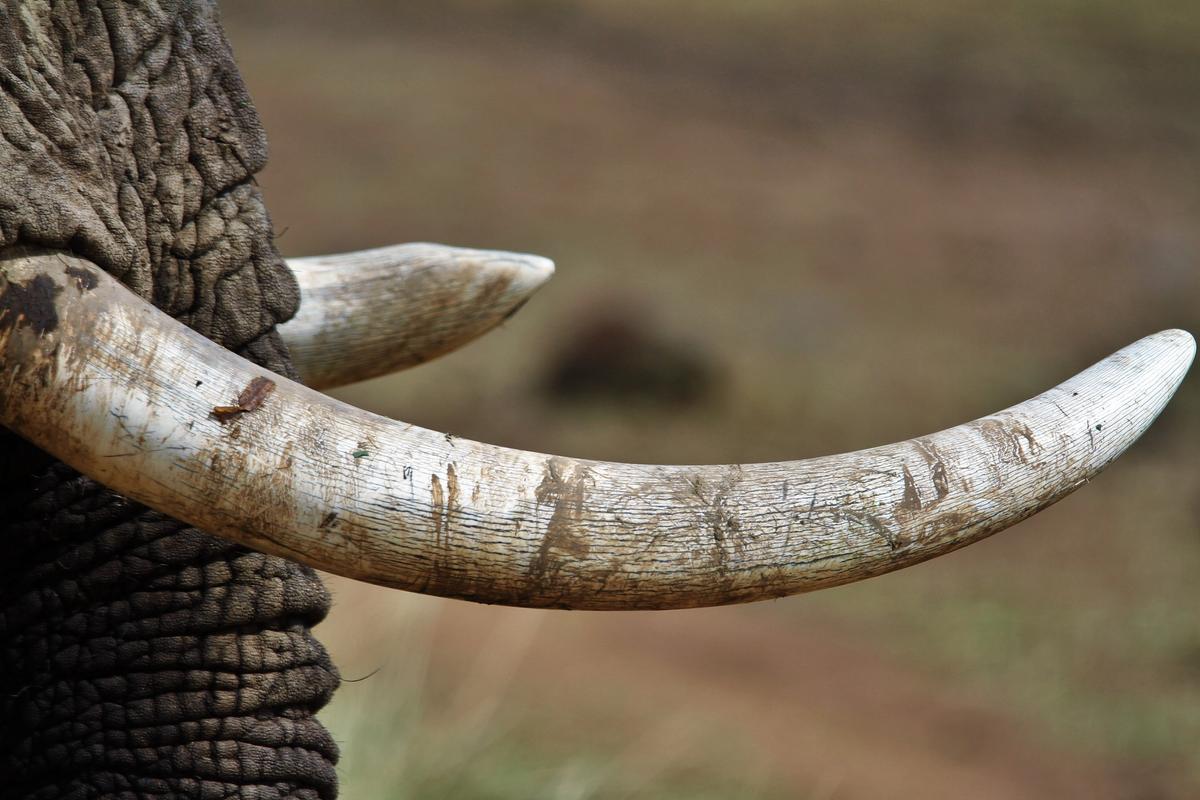The European Commission has upgraded its ivory trade restrictions as part of a proposal for a new EU Directive against environmental crime. The new rules will come into effect on 19 January, 2022.
Although targeted chiefly at banning trade in raw ivory, the Commission is to “suspend issuing certificates for worked specimens acquired after 1947 except for pre-1975 musical instruments. This will limit the internal trade in worked items to pre-1947 antiques and pre-1975 musical instruments.”
It is also clamping down on EU imports and re-exports, although allowances are being made for the movement of family heirlooms, the exchange of cultural goods between reputable institutions and for the purpose of enforcement, scientific of educational study.
However, the Commission advises: “It is recommended that the conditions for issuing re-export certificates for the above exceptions are strictly interpreted.”
The tighter restrictions are announced in a document that acknowledges the low level of risk posed by antiques: “It is highly unlikely that internal EU trade of pre-1947 antiques or pre-1975 musical instruments would contribute to illegal trade of ivory or demand for illegal ivory, given also that such remaining trade will be strictly controlled.”
However, the paperwork and potential costs of compliance are likely to make much trade uneconomic, while the burden of proving the legality of an item falls more heavily on the applicant under the EU’s precautionary principle, where the need to mitigate risk outweighs the presumption of innocence.
Although this sets an ethical standard, its practical application is another matter. The guidance shows authorities will require evidence of legal acquisition, which may not exist in the case of an heirloom, for instance.
Erika Bocherau, the director general of CINOA, the international art market federation representing around 5,000 dealer globally, has led the negotiations with the Commission on behalf of the market.
She said: “The impact of the new restrictions will be felt by both the trade and private individuals. It is hard to digest that the EU’s new restrictions on the trade of antique worked ivory were approved even though legislators acknowledge that none of the EU Member States have been identified as countries that are implicated in the illicit ivory trade.”


